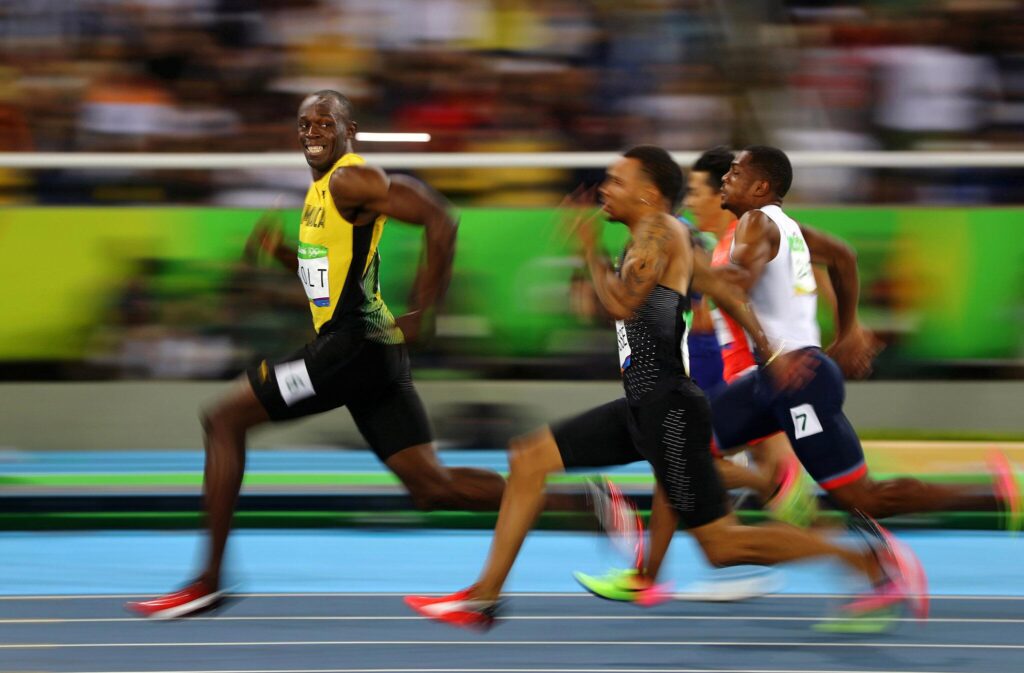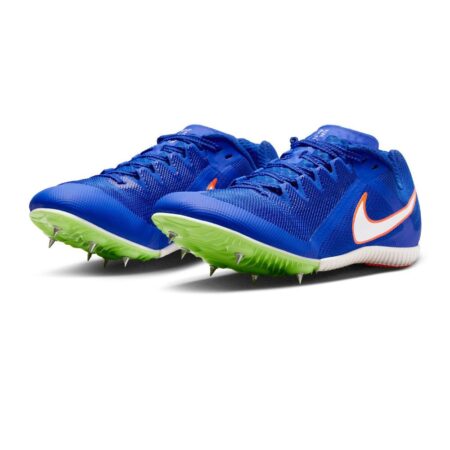A recent comprehensive review titled “The Biomechanics of the Track and Field Sprint Start,” available on ResearchGate, sheds new light on the intricate physical dynamics that underpin one of athletics’ most explosive moments. This narrative review delves into the mechanics that influence sprint start performance, offering insights valuable to athletes, coaches, and sports scientists alike. As sprinting continues to captivate audiences worldwide, understanding the biomechanical factors behind a powerful and efficient start could be the key to shaving crucial milliseconds off race times.
Sprint Start Mechanics Key to Maximizing Athlete Performance
Achieving explosive acceleration from the blocks demands precise coordination of biomechanics and neuromuscular control. Key factors include optimal crouch angles, foot placement, and hand positioning, all contributing to an efficient transfer of force. Block clearance is particularly critical; athletes who minimize block exit time while maintaining powered leg drive demonstrate significantly higher initial velocities. Furthermore, synchronizing upper body movements with lower limb activation enhances propulsion, allowing sprinters to convert stored elastic energy into forward momentum swiftly.
Coaches emphasize specific technical adjustments that amplify sprint start effectiveness, such as:
- Rear leg block positioning: Adjusting for optimal push-off angle
- Arm swing mechanics: Timing to prevent counterproductive rotation
- Center of mass alignment: Maintaining a forward lean without compromising balance
- Reaction time drills: To sharpen neural responsiveness on the starter’s gun
The integration of such biomechanical insights with sport-specific strength training is pivotal for attaining maximal performance during the sprint start phase.
| Mechanic | Recommended Range | Performance Impact |
|---|---|---|
| Front Knee Angle | 90° – 110° | Optimal force production |
| Block Foot Placement | 15-20 cm from set line | Improved push-off efficiency |
| Trunk Lean | 35° – 45° forward | Better acceleration trajectory |
Optimizing Block Positioning for Enhanced Explosive Power
Maximizing the start block setup plays a pivotal role in generating the initial burst of speed essential for sprint success. Research emphasizes that an athlete’s foot placement, combined with optimal block angles, directly enhances force application during the push-off phase. Adopting a staggered positioning allows for a more biomechanically efficient transfer of power, minimizing unnecessary energy leaks and promoting a stronger, more explosive drive from the blocks.
Several key factors emerge as critical when refining block positioning:
- Front block distance: Adjusting for optimal hip angle and knee flexion.
- Rear block angle: Tailored to promote maximal horizontal force output.
- Foot contact surface: Ensuring stability without sacrificing quick reaction capability.
| Parameter | Recommended Range | Performance Impact |
|---|---|---|
| Front block distance | 50-60 cm from start line | Improves hip extension power |
| Rear block angle | 40°-45° | Enhances impulsy push-off |
| Foot contact length | Full sole engagement | Stabilizes start posture |
Training Recommendations to Improve Reaction Time and Acceleration
Enhancing reaction time and acceleration relies heavily on targeted, high-intensity drills that simulate the start’s explosive demands. Incorporating plyometric exercises such as depth jumps and bounding can significantly sharpen neuromuscular responsiveness, enabling sprinters to explode off the blocks with greater force. Additionally, practicing reaction drills using auditory and visual stimuli trains the brain to process and respond more quickly, closing the gap between signal and movement initiation. A well-rounded approach unites strength training, focusing on hip flexors and ankle plantar flexors, with dynamic sprint starts to improve rapid force generation during the initial push phase.
Understanding the biomechanical components that influence acceleration allows coaches to tailor training programs effectively. Below is a summary of key training elements and their specific impact on reaction and acceleration performance:
| Training Element | Primary Benefit | Suggested Frequency |
|---|---|---|
| Plyometric Drills | Enhances explosive power | 2-3 times/week |
| Reaction Time Drills | Improves neural speed | 3-4 times/week |
| Strength Training (Focus on Hip & Ankle) | Boosts force application | 2 times/week |
| Dynamic Sprint Starts | Integrates technique and power | Daily (short sessions) |
To Wrap It Up
In conclusion, this narrative review from ResearchGate sheds new light on the intricate biomechanics behind the track and field sprint start, underscoring the critical interplay of technique, muscle activation, and force generation that sets elite sprinters apart. As coaches and athletes continue to seek marginal gains in performance, the insights highlighted here offer valuable guidance for refining start mechanics. With the sprint start serving as the crucial first step in competitive racing, ongoing research in this area promises to further unlock human speed potential on the track.





